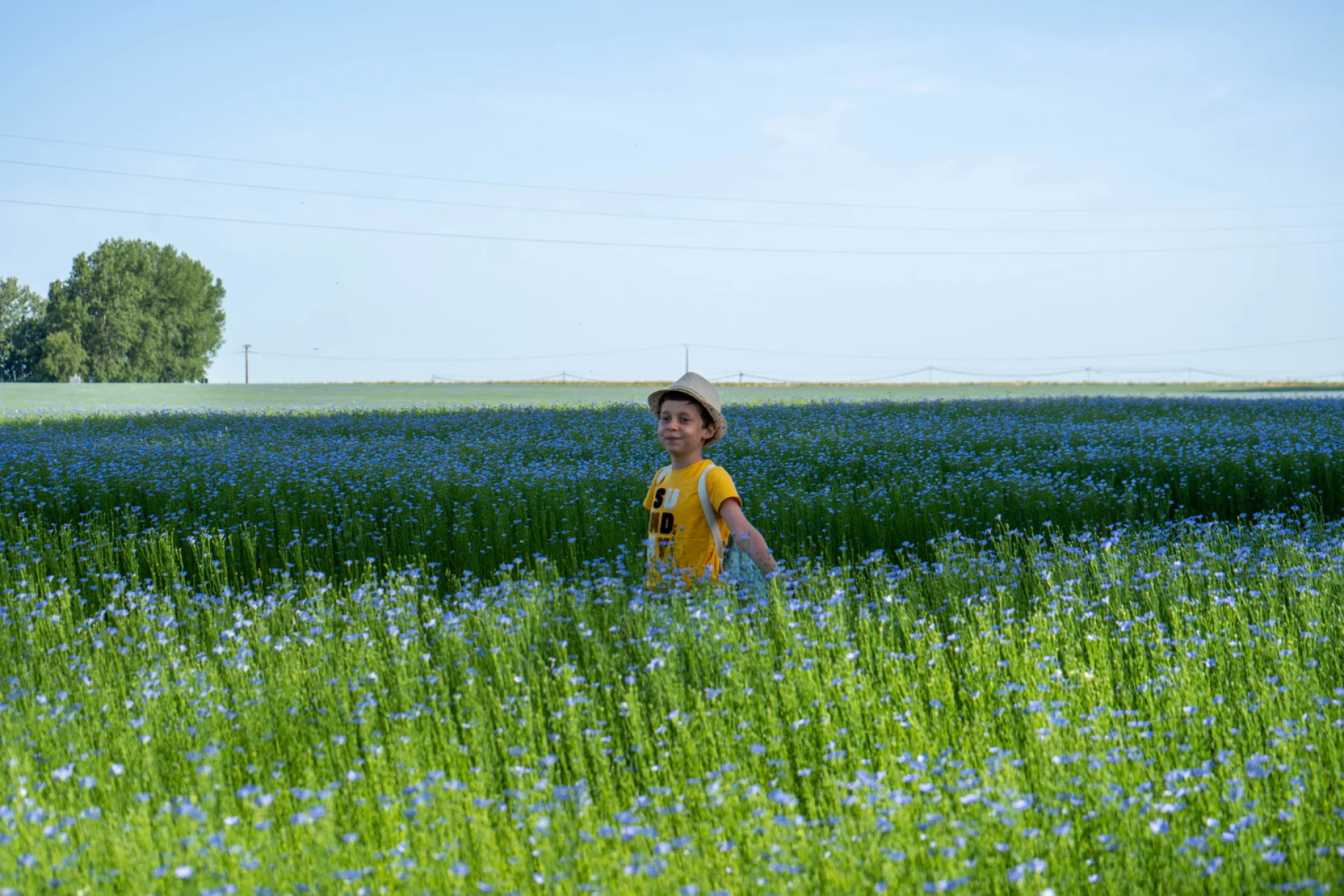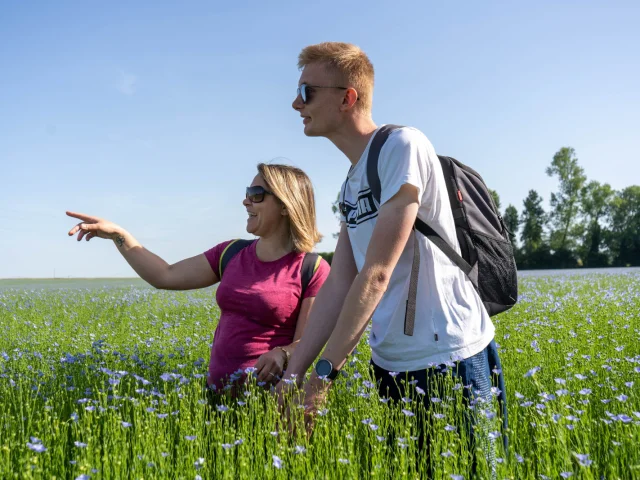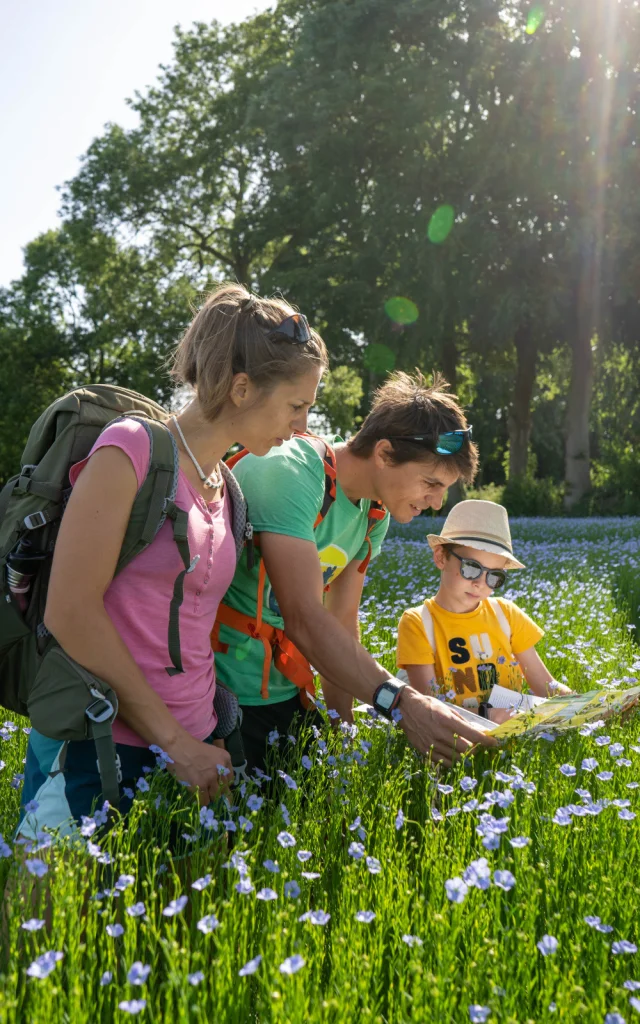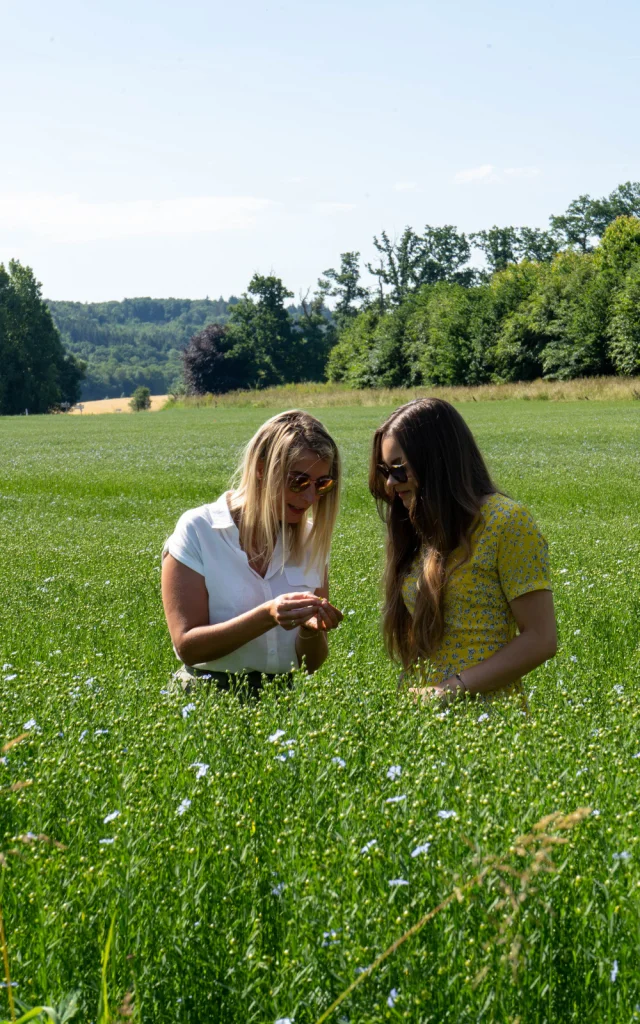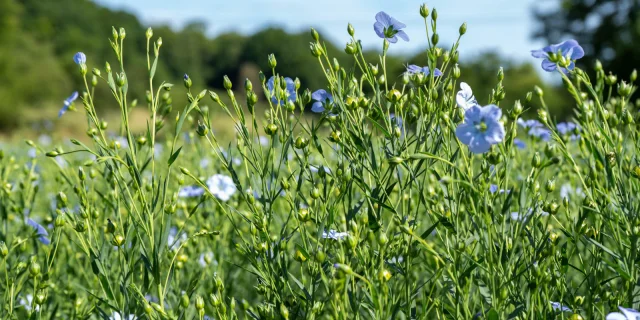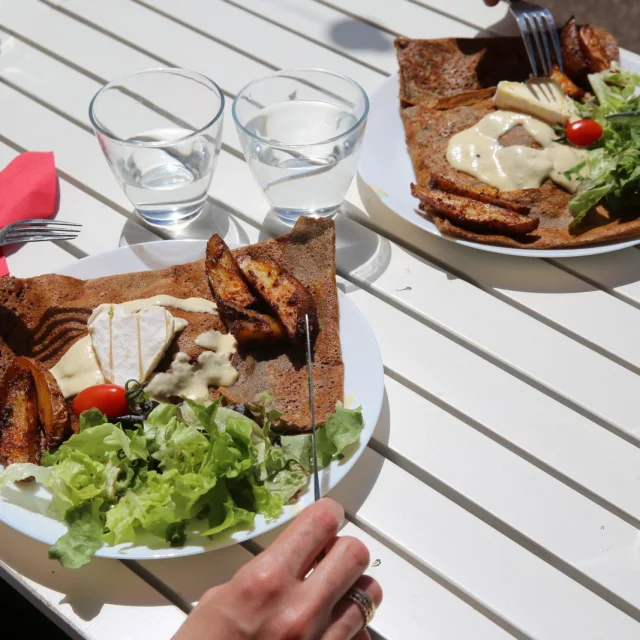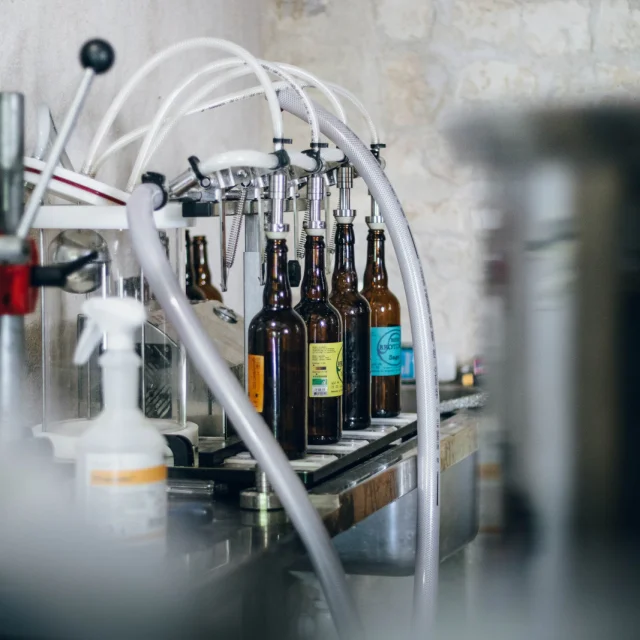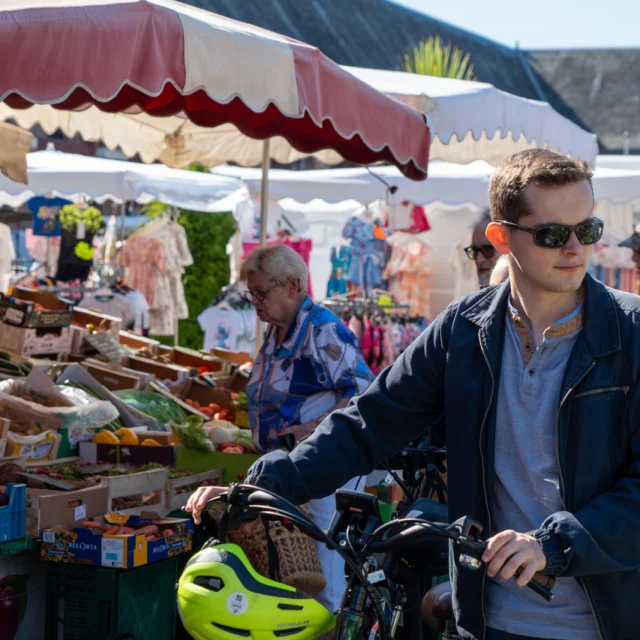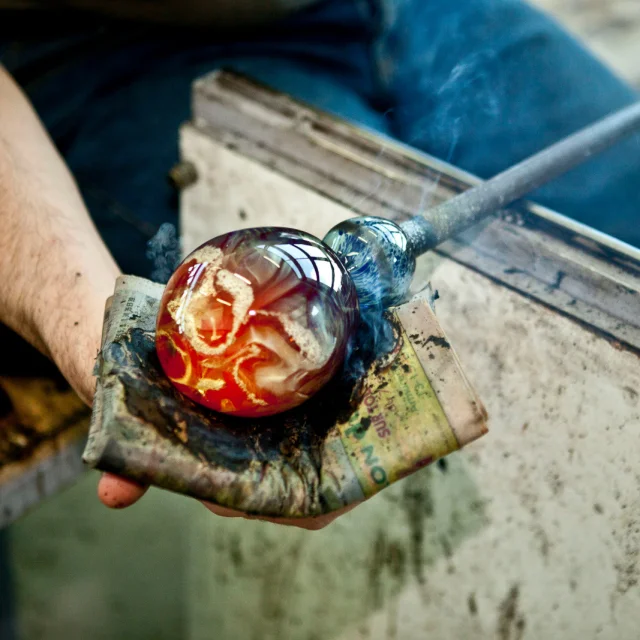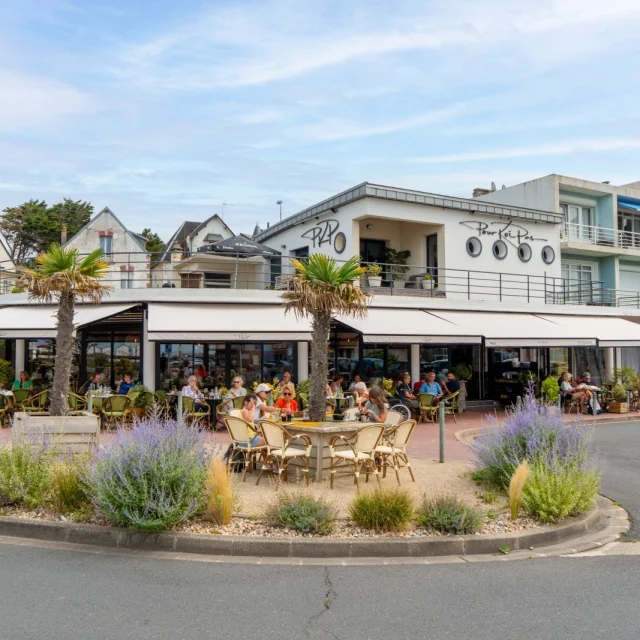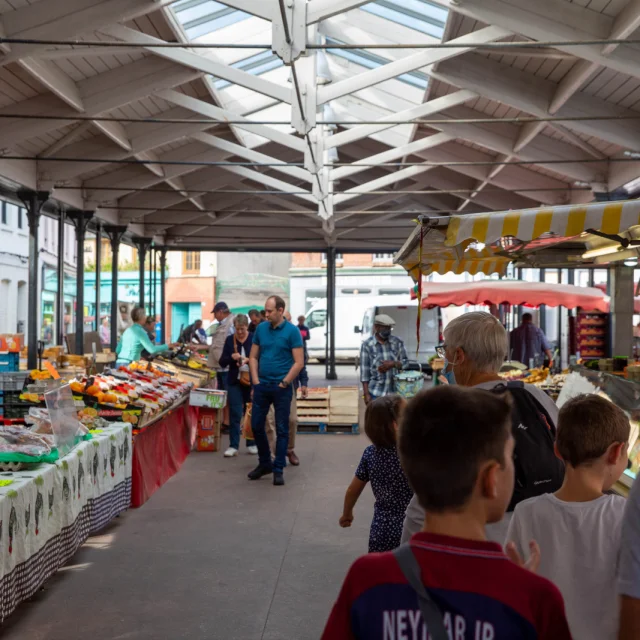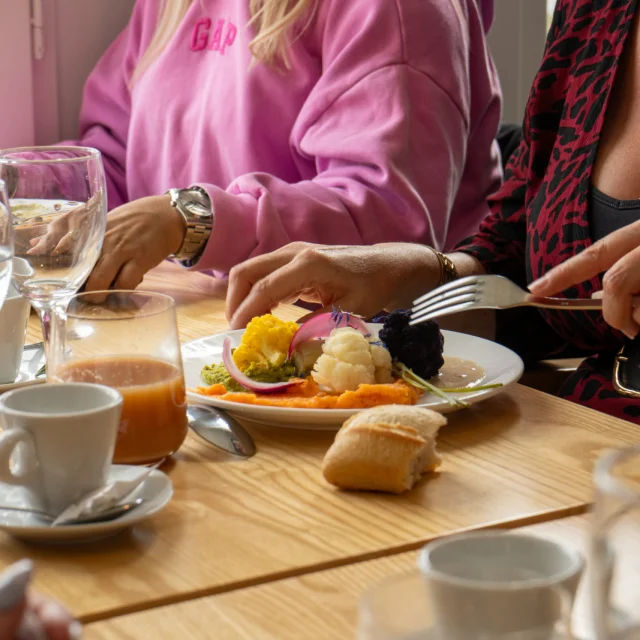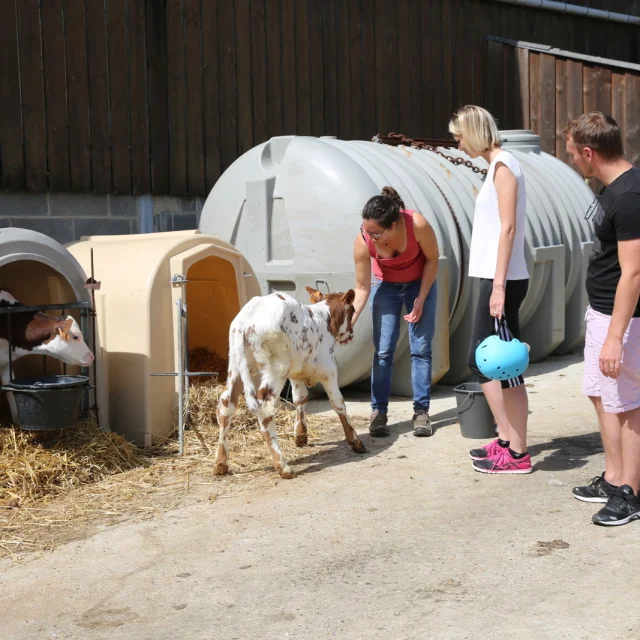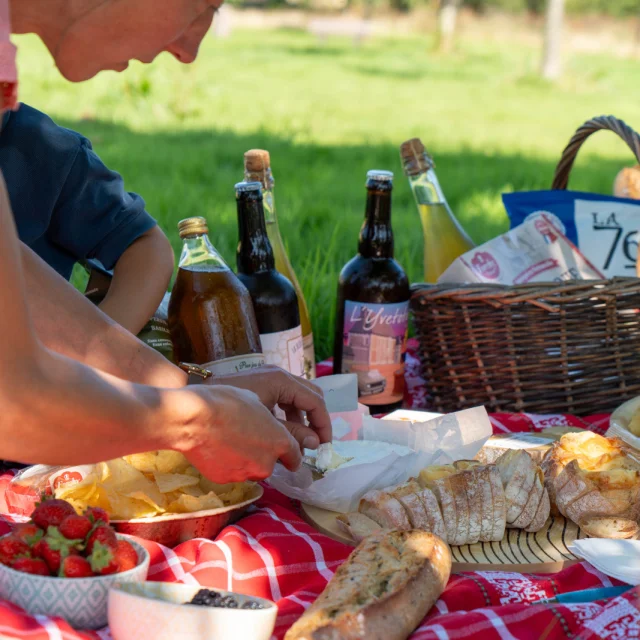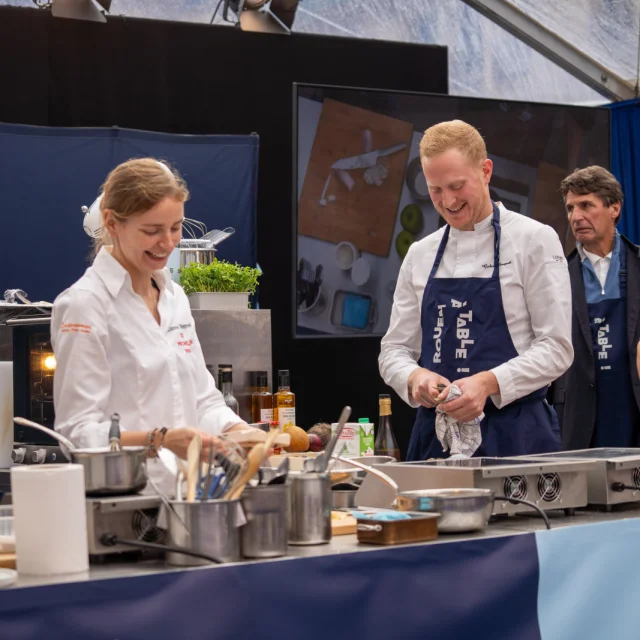Normandy: France's leading flax-growing region
The Seine-Maritime region, with 19,000 hectares of flax grown out of a total of 60,000 in France, is a true leader in this field. From textiles to food, furniture, decoration, construction and even the automotive industry, where it is used to design door and seat trim, flax is an exceptionally rich resource.
Today, it shapes the local economy and, thanks to its durability and innovative potential, has established itself as an essential material on a global scale.
